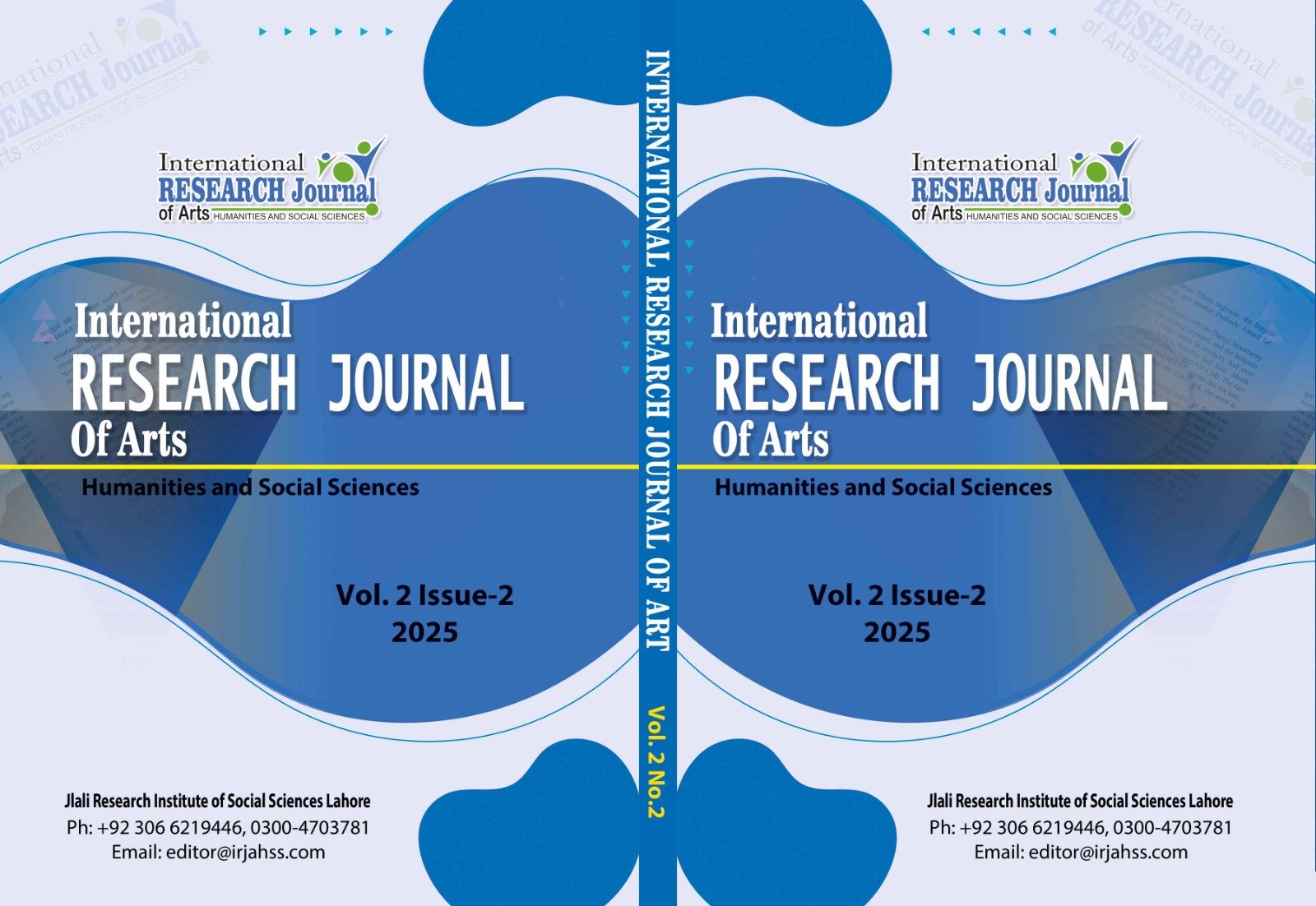A Discourse Analysis of Character Dialogues From Novel To Film Adaptation: Using A Walk To Remember As A Research Tool
Abstract
This research paper aims to analyze how the character dialogues are changed while adapting from novel to film by doing discourse analysis. When adapting a text into a movie or any other kind of media, filmmakers or adapters have to make changes to the original text. It means that the adaptation will never match the original content. This research focused on the telling and showing modes of engagement. The researchers used a qualitative research method using interpretative-descriptive analytical approach. A purposive sampling technique was used to collect the data. Hutcheon's theory of adaptation served as the theoretical framework for the entire study. The analysis of dialogues showed that additions were made in five scenes, dialogues were omitted from six scenes, and dialogues in the remaining nine scenes were modified. Therefore, the overall results of the research showed that the adapters added new circumstances, removed sections from the original text, and altered the context, particularly in the dialogues of the key characters, from the source material to the movie version, to maintain the narrative format of the movie and appeal to the viewers. In addition, future research should explore kinds of figurative languages and other elements such as themes, point of view, plot, and translation or employ technological tools like sentiment analysis and audience surveys for collecting quantitative data.
Downloads
Downloads
Published
Issue
Section
License
Copyright (c) 2025 International Research Journal of Arts, Humanities and Social Sciences

This work is licensed under a Creative Commons Attribution 4.0 International License.
Disclaimer: The International Research Journal of Arts, Humanities and Social Sciences (IRJAHSS) upholds the principles of open access, ensuring unrestricted access to scholarly content to foster the sharing and advancement of knowledge. The opinions expressed in the articles solely belong to the authors and do not necessarily reflect the views or policies of the journal's editorial team, editorial board, advisory board or research institute.






